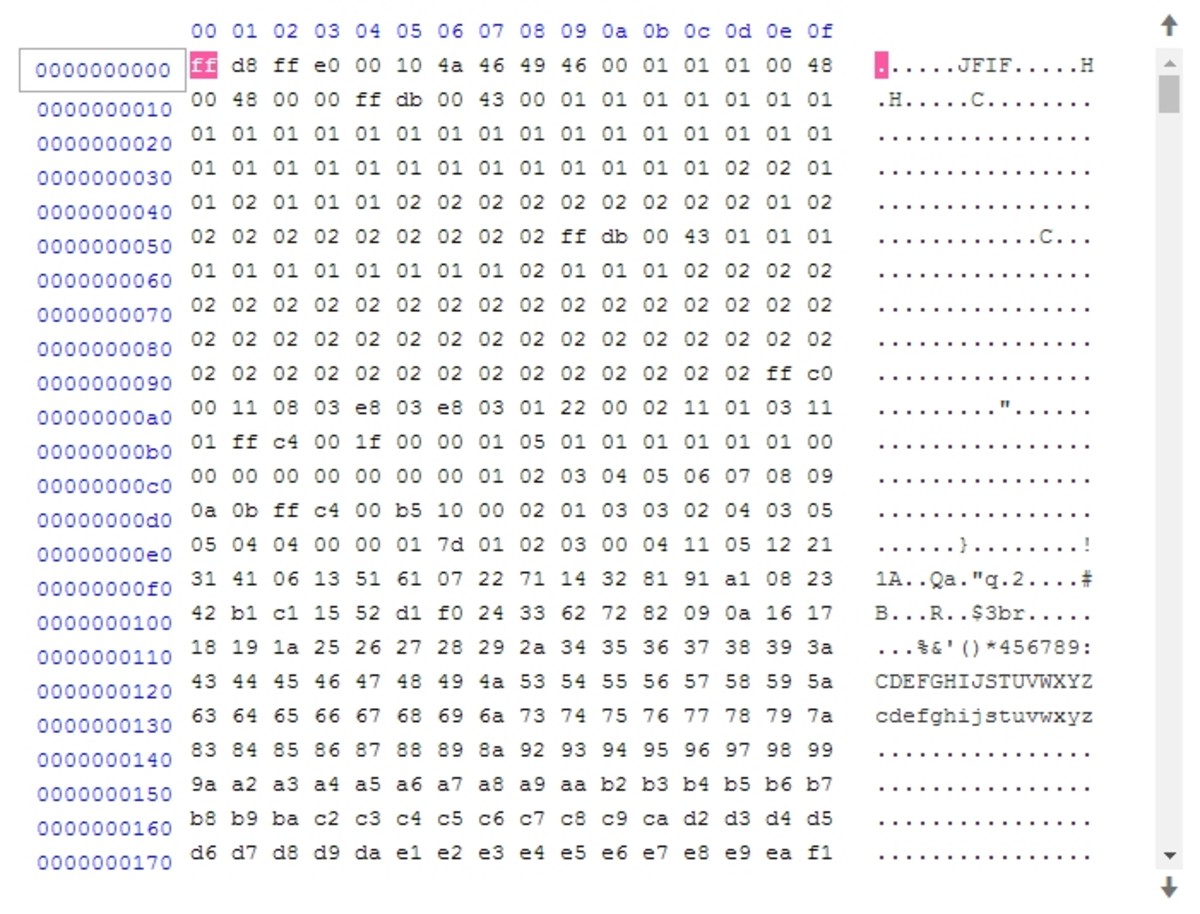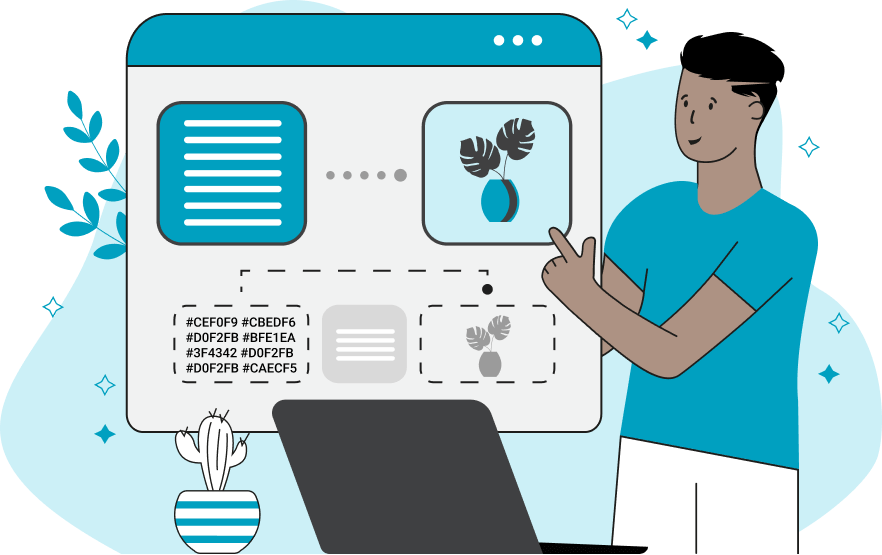
convert hex data to image
Transforming Hex Data into Pictures: A Step-by-Step Guide
"A picture is worth a thousand words," but sometimes, those words come in a confusing hexadecimal code. This guide walks you through converting this tricky code into visual images, like your favorite memes, photos, or drawings!
Understanding Hexadecimal Codes

Source: rackcdn.com
Hexadecimal (often shortened to hex) is like a special secret language used by computers to represent data. It uses 16 symbols, 0 to 9 and A to F, to encode information (in simpler words, that are numbers/symbols to tell computer, which type of color, how big a picture is, and even the actual image elements) instead of plain ol' letters/numbers . We need to translate that to visual stuff.
What are Images?
Images, on the other hand, are just organized data arranged in certain patterns (kind of a cool arrangement). They have special kinds of info packed in : pixels. These pixels make the image and when organized they paint pictures . Hex codes, store those information differently from images themselves . That's why converting them involves several processes.
Why Hex to Image?

Source: cloudfront.net
Let's face it; sometimes you get hex codes and want a visual (you found a strange code, wanted to see what image it was.)! Knowing how to translate is pretty neat, like unlocking a puzzle! Converting hex codes can give a clue to understanding or uncovering things that were coded using those images .
Getting Started: Deciphering the Hexadecimal Code
We'll use examples, because that makes things clear! (Just for now ) Suppose this is our hex code:
0xFF0000FF00FF0000....
Understanding Different Hex Format. Each group represents a color, picture section , etc.(that's for another section)
Converting Hex Data into a Visual Format

Source: saymedia-content.com

Source: onlinepngtools.com
To understand images using the hexadecimal format requires different steps for various applications
Step 1: Identifying the Format of Your Hex Code
Look for special patterns like RGB color codes (each block codes for one color, you get that) in a 0x… structure.(0xFF, 0x00, 0xFF)
Step 2: Visualizing the Data
One popular example: if the hex codes represent color information for pixels, a pixel would correspond to three bytes in the hex codes. (the group is actually just a fancy term).
Step 3: Implementing Tools
There are helpful online converters that can help if it has instructions (e.g., you know you are looking for picture format , like JPEG) . Look up "hex converter images" or similar terms to find it (lots of software tools can translate for you)!
-
Step 3a: Image Converter Websites.
Many websites, specially dedicated for hex conversion help you with the process and format conversion from one data format to another.
- Search online, try different ones to find what works for you
-
Step 3b: Using Software Programs: Some software (e.g., photo editing applications like Photoshop) support certain kinds of file conversion , depending on what kind of codes are used. It is (easy when software can understand what's there, can take time when something isn't written the usual way) . Some file format software might do the work in bulk.
Step 4: Analyzing Results
A visual image may not show in expected way (some hex images will give nothing useful, and some won't make perfect shapes because codes don't tell everything.)
-
Inspect output carefully
- Format and Error Message Checking. Make sure your software does the work, or you provide the right codes!
- Check Conversion Status: Look out for progress ( if progress bar appears), error messages. Sometimes software gets overwhelmed when data is massive.
Troubleshooting
What if your output isn't what you expect (you want picture , but something weird shows)?
-
Format Inconsistency. Verify if the image is correctly decoded based on your program or software that does the decoding work, making sure data aligns (colors , sizes).
-
Hexadecimal Format Incorrect. Review your input carefully, making sure hex format is exactly like the one you are trying to understand, or convert into different one. This part might be difficult when someone sends data in a specific way (especially those not known by computer, they don't understand and won't display correctly).
-
Software incompatibility: There may be incompatibility issues when working with a wide array of file formats and converting to images using different applications
Tips for Beginners
-
Keep Records. Make sure all your hexadecimal data is organized correctly and that all conversion settings (if you are converting images between one format or to another ) ,are properly recorded . Make sure input data is saved for reference!
-
Explore online tutorials. Searching tutorials about converting image types, or checking tutorials about converting data can provide helpful strategies that you may be unaware of, using common tools. You don't need a special application for conversions all the time !
-
Practice with Sample Data. Practicing with simple hexadecimal data gives a good sense of how hex formats will be converted. When working with unfamiliar or complex data try breaking it up and work from different approaches. You may get something that can work
Real-world Applications
Where do we actually see this kind of conversion happening?
-
Digital Art (coding data of different images/video elements).
-
Programming (imagine you create games)
- Game Programming .
-
Graphic Design (a design program with hex formatting) (e.g., designing videos using different file types):
- Software used in creative professions might include conversions in their tools.
-
Image processing (some tools need hexadecimal data!) .
In Closing
Learning to convert hexadecimal data to images can be a great skill for visual applications . Practice patience; working with codes takes time! If this helps you, I'd love to see your results or comments/questions, keep going on that adventure (don't stop exploring)


